Biography
One of Bruno Munari’s (1907-1998) fundamental endeavours was to cross boundaries – boundaries relating to function, communication, or aesthetics. The best examples for this are his books without words, or his 'Xerographies', which he created in the mid-1960s. In order to design these abstract paper compositions, he used photocopying machines and thus reversed the way the copiers were intended for the mass reproduction of texts and pictures. The Teunen collection contains objects that testify to his experimentalism, such as the multiples ‘Tetracono’ and ‘Flexy’, a completely unprecedented, ultralight ‘sculpture’ made up of six steel wires, which can easily be deformed and installed within a room.
When he began his artistic career, Bruno Munari created futuristic paintings and exhibited together with the protagonists of the futurist movement (1927). Coinciding with Alexander Calder’s work in Paris, he designed his first mobile sculptures in the early 1930s, which he showcased under the titles ‘Sculture aeree’ and ‘Macchine inutili’. He worked for magazines, publishers and as an advertising graphic designer with great success. In 1948 he could be counted among the founding members of the movement of concrete art in Italy (MAC).
From the 1950s on, Bruno Munari devoted himself to product design with great enthusiasm. For Danese, he invented the ingenious ashtray ‘Cubo’ as well as his famous lamp ‘Falkland’. He contributed to the field of art editions with his ‘Polariscop’, “a multiple for the pocket”, as well as with his portable sculptures. He curated an exhibition on kinetic art titled ‘Arte programmata’ (1962), which was sponsored by Olivetti and for which Umberto Eco wrote the theoretical manifesto. Munari also paid special attention to the design of didactic games and of children’s books. The ‘Prelibri’, for example, are made for pre-school children: they work completely without text and their various haptic materials appeal to a sense of touch. Together with Enzo Mari, Bruno Munari shaped the Danese product range like no other.
Objects by Bruno Munari
-
Sold
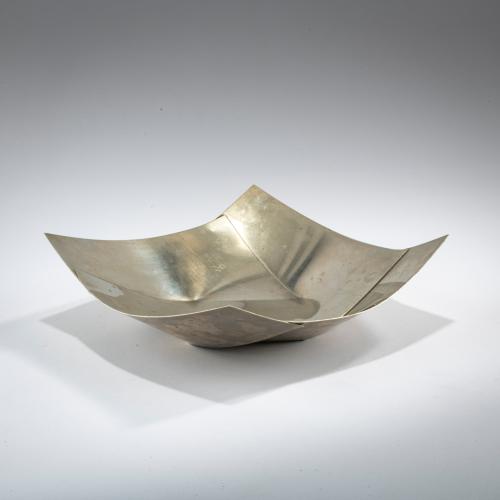
-
Sold
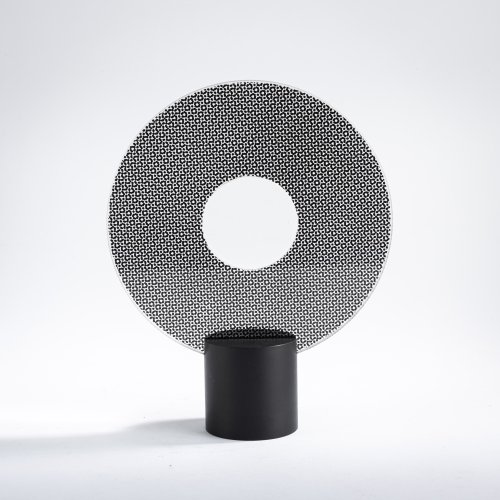
-
Sold
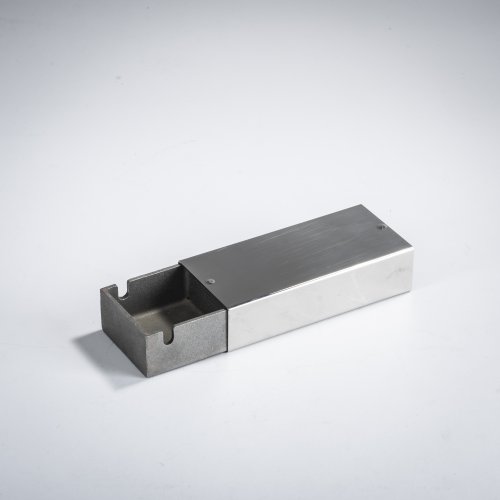
-
Sold
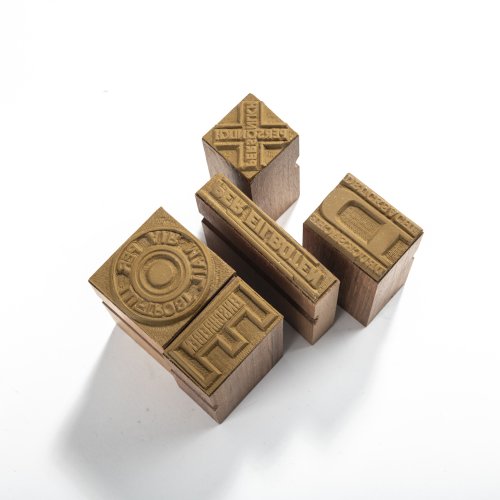
-
Sold
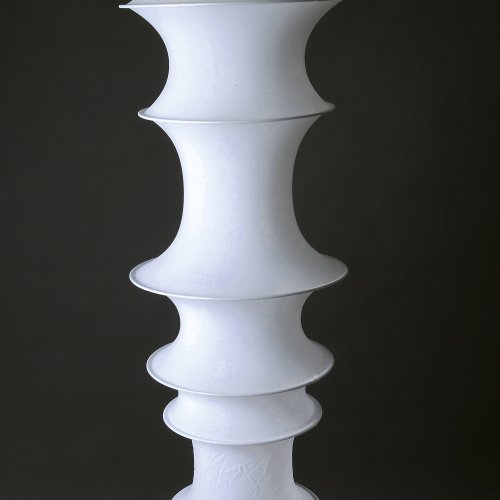
-
Sold
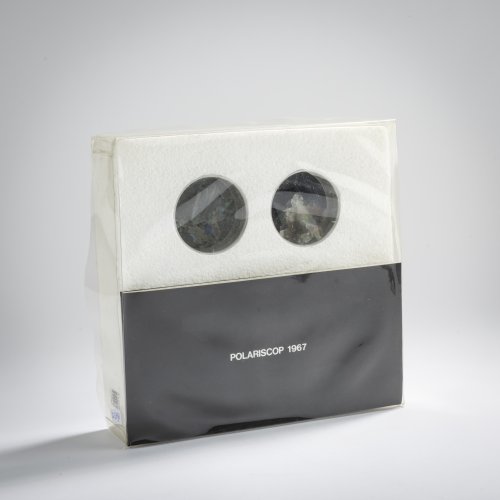
-
Sold
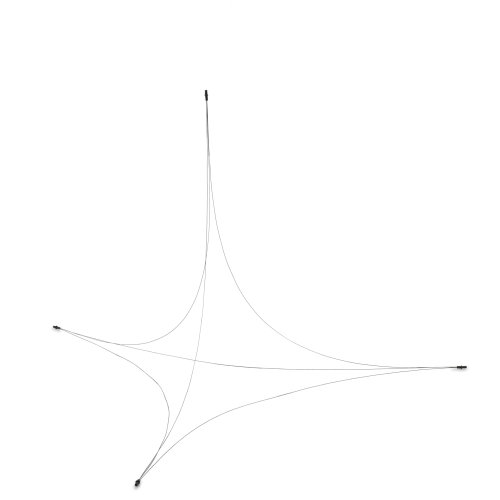
-
Sold
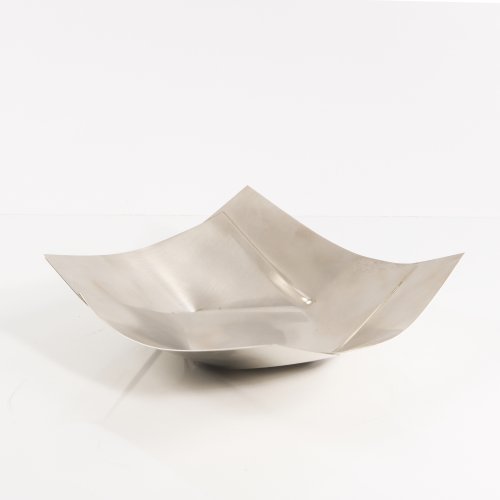
-
Sold
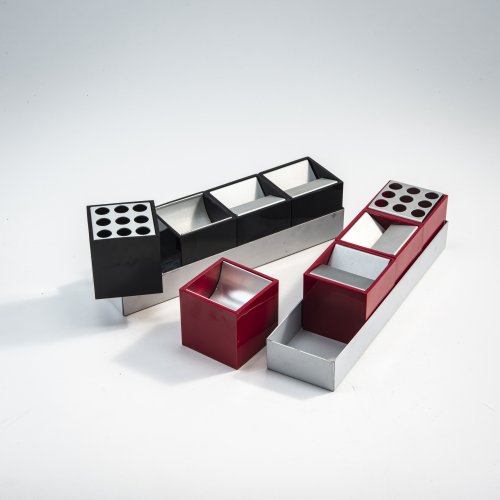
Bruno Munari Danese, Mailand / Milan
Two 'Canarie' - 'Model 2002B' desk sets, 1957
Hammer Price: 210 €
-
Sold
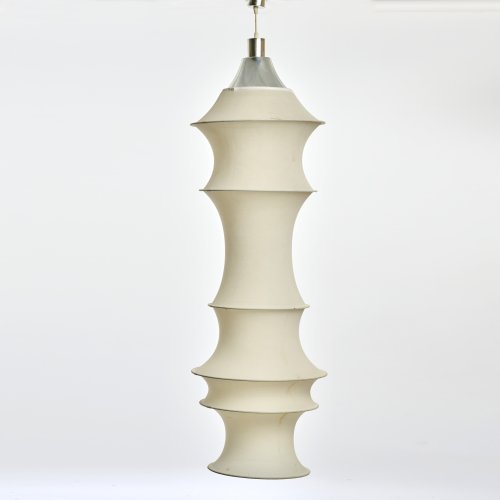
-
Sold
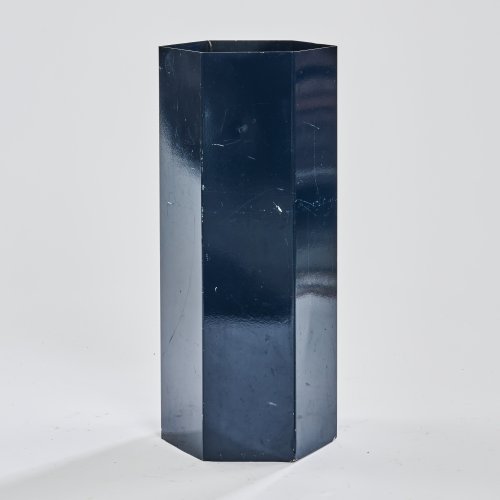
-
Sold
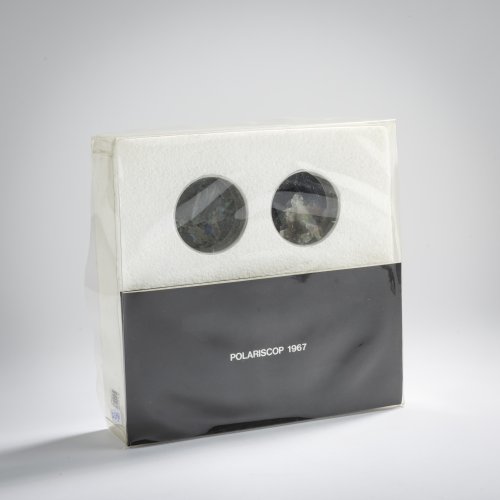
-
Sold
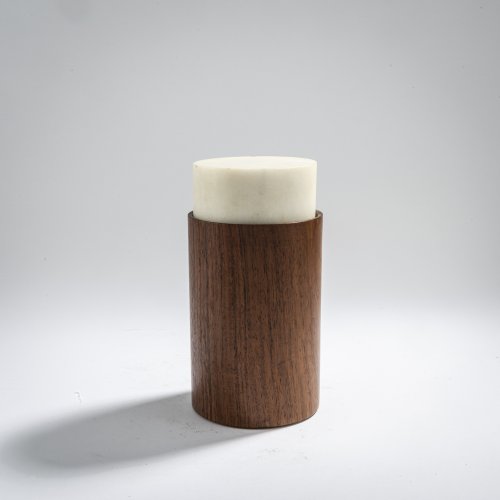
-
Sold
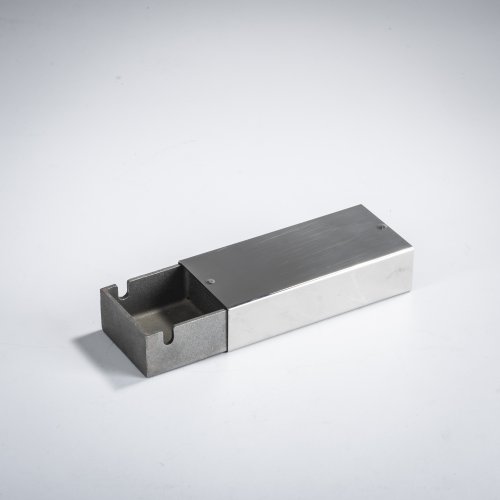
-
Sold
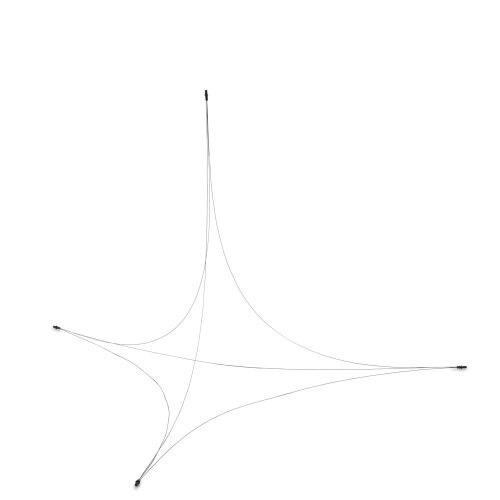
-
Sold
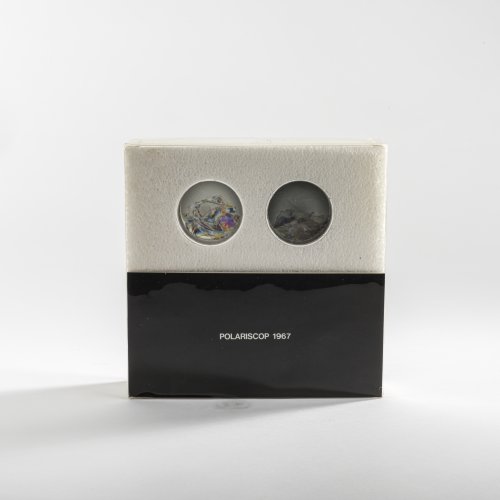
-
Sold
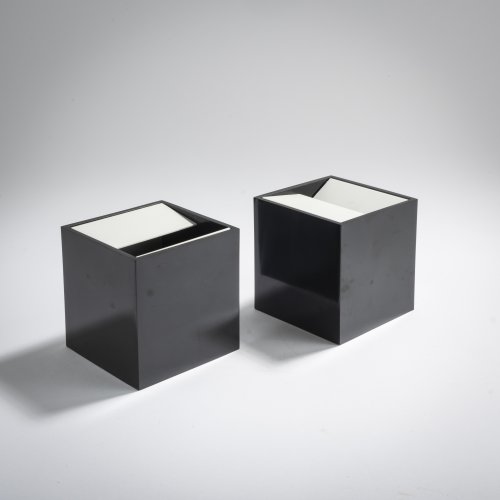
-
Sold
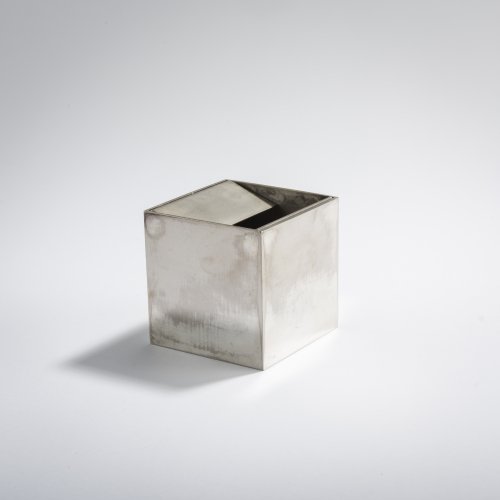
-
Sold
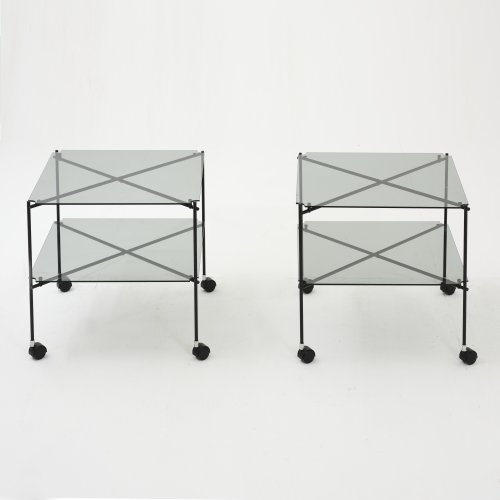
-
Sold
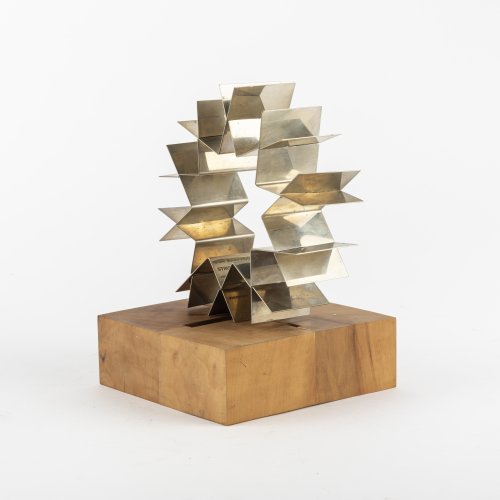
-
Sold
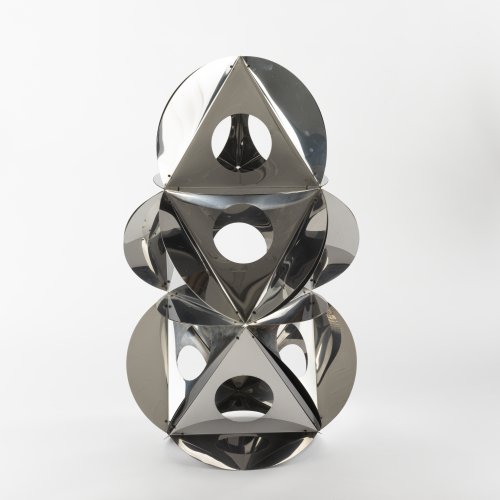
-
Sold
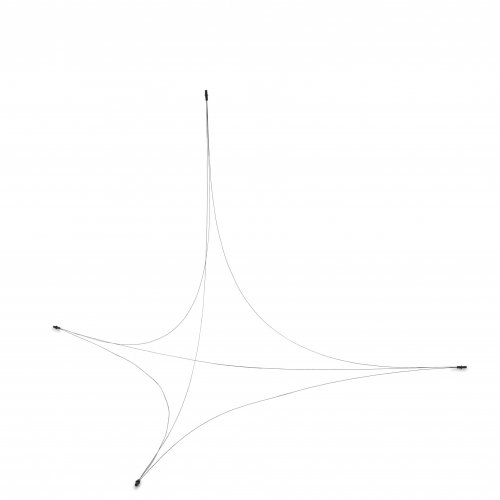
-
Sold
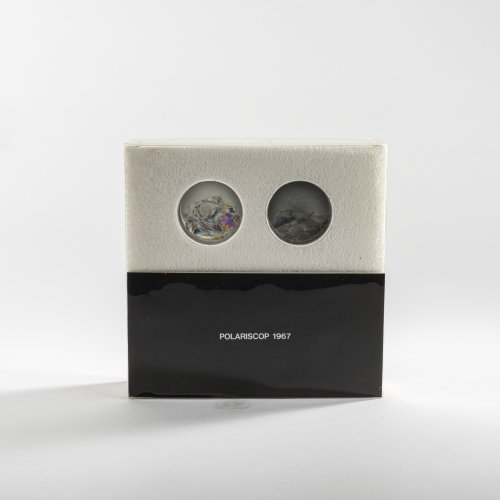
-
Sold
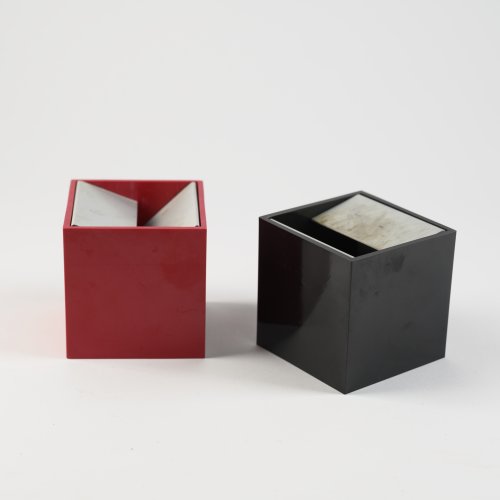
-
Sold
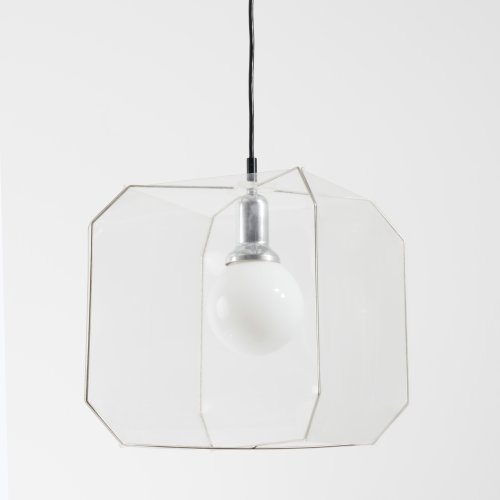
-
Sold
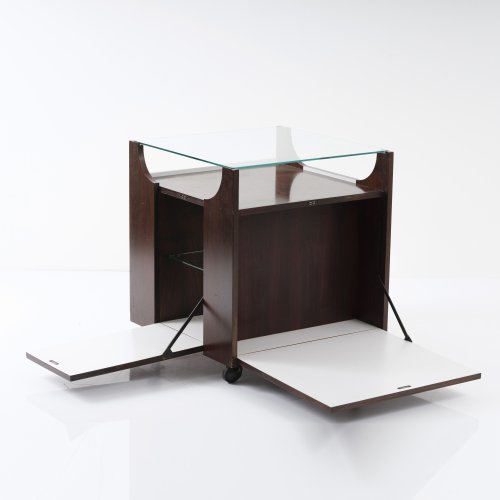
-
Sold
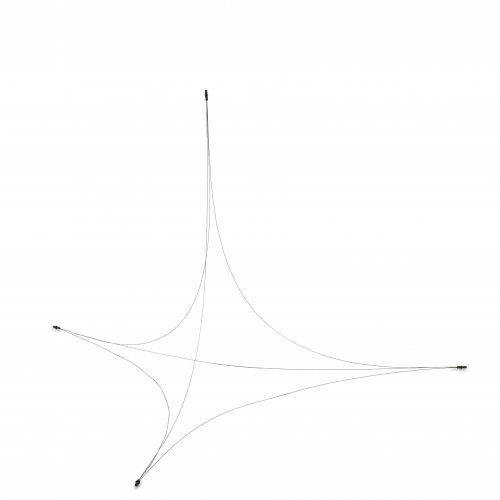
-
Sold
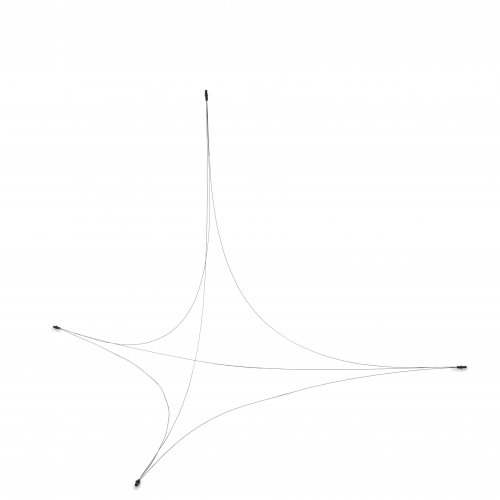
-
Sold
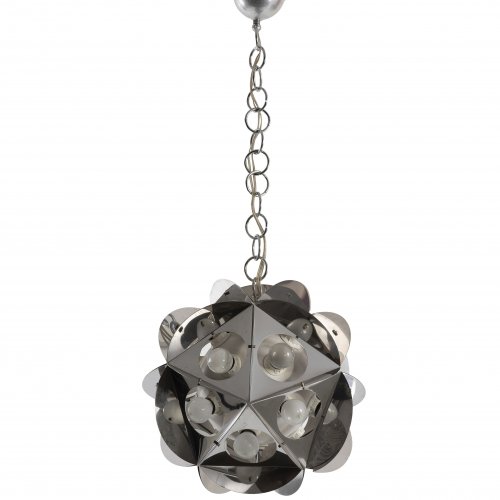
-
Sold
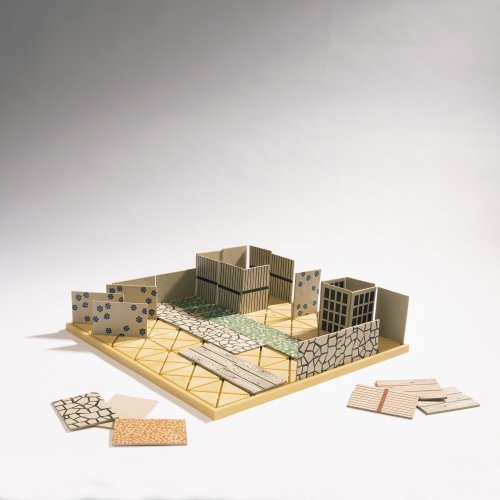
-
Sold
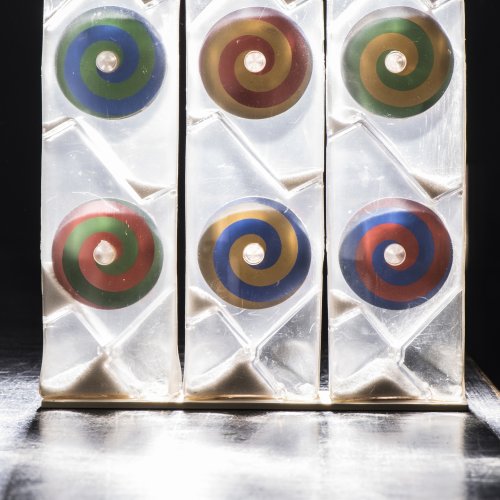
-
Sold
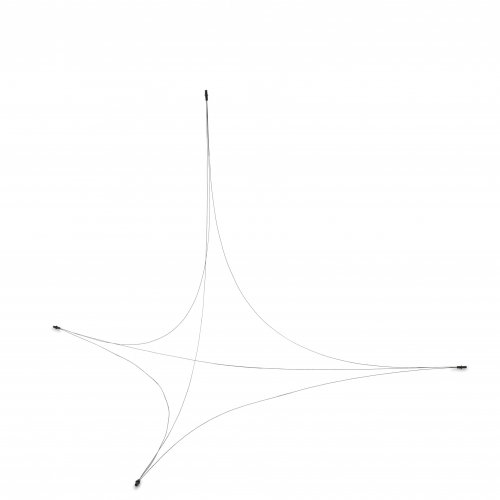
-
Sold
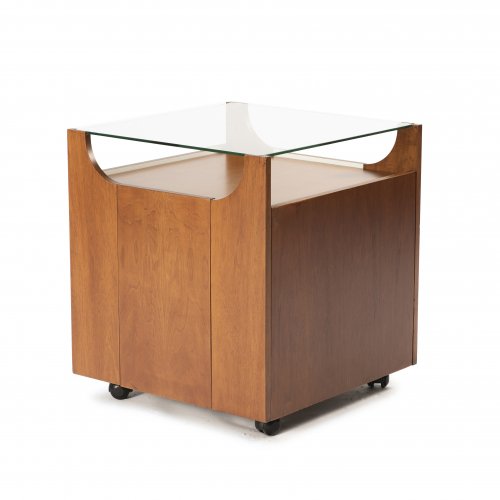
-
Sold
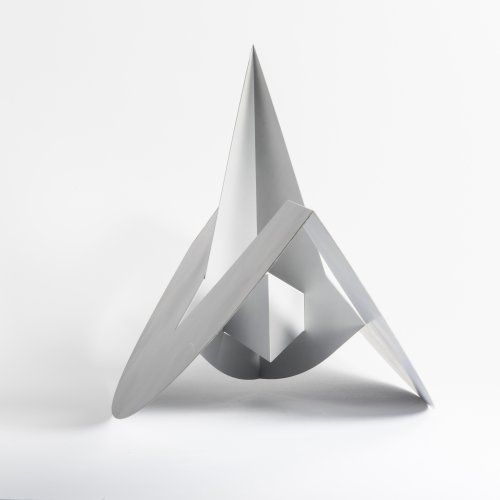
Bruno Munari Edizioni Corraini, Mantua; Danese, Mailand
Multiple 'Scultuara da viaggio', 1985c
Hammer Price: 3,000 €
-
Sold
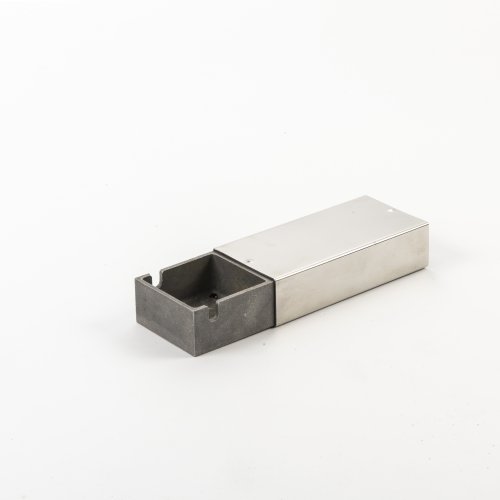
-
Sold
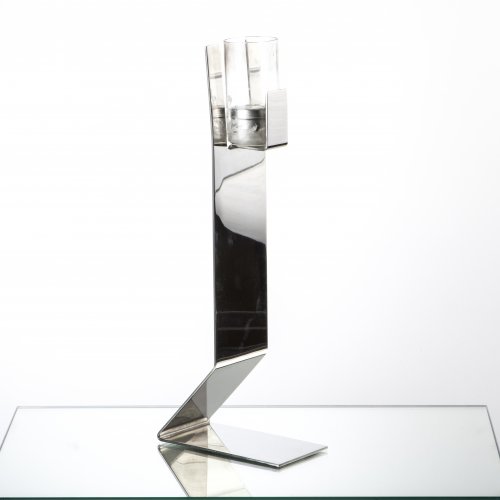
-
Sold
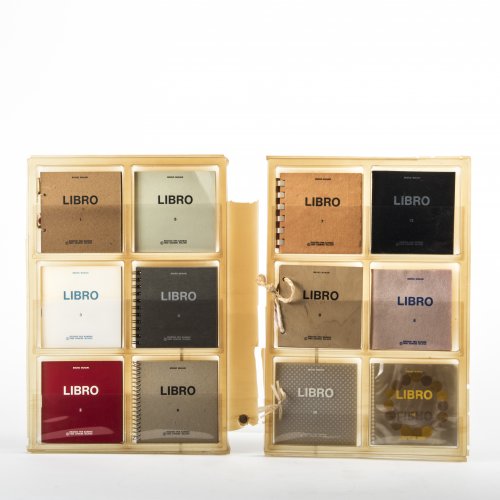
Bruno Munari Danese, Mailand
'Prelibri' - 12 little books without words in two cases, 1979
Hammer Price: 800 €
-
Sold
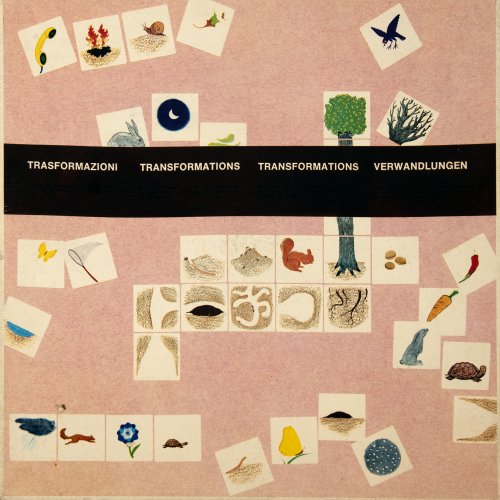
-
Sold
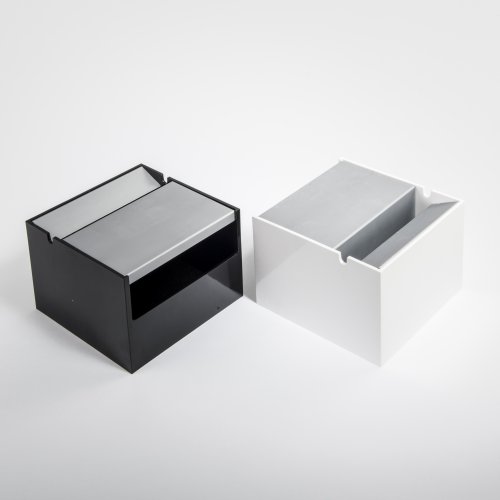
-
Sold
-
Sold
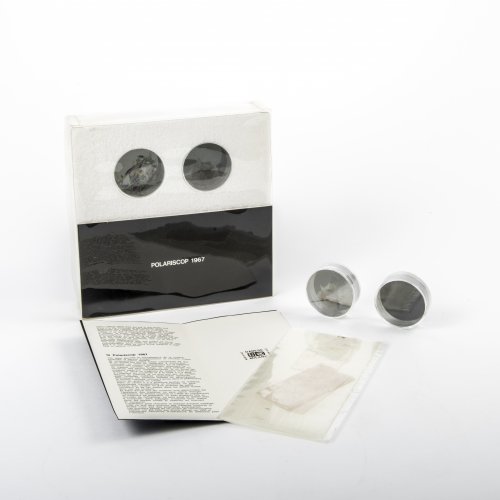
-
Sold
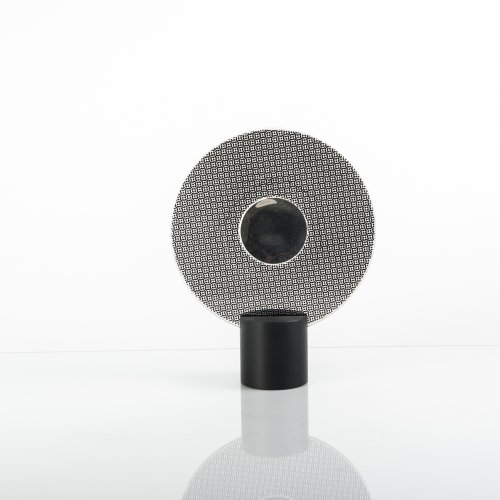
-
Sold
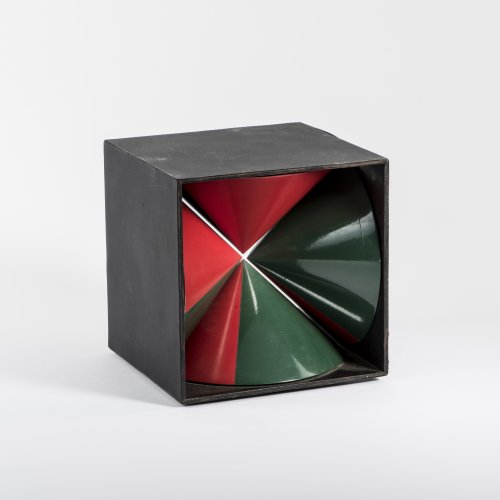
-
Sold
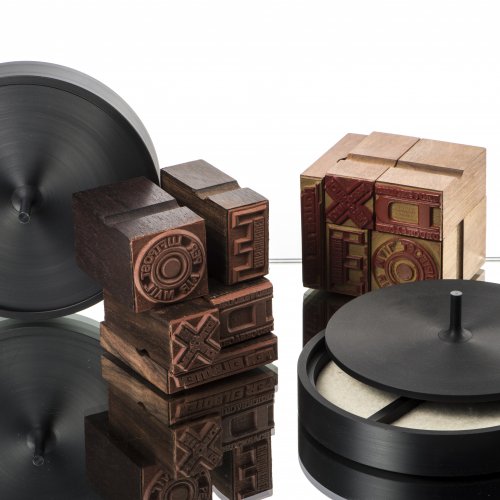
Bruno Munari Danese, Mailand
Two 'Moluccas e Hainan' - '2042A' ink pads and 5 '2029A' stamps, each, 1961/65
Hammer Price: 280 €
-
Sold
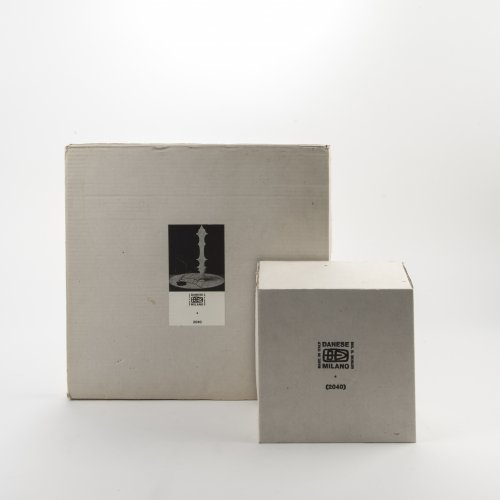
-
Sold
Bruno Munari Danese, Mailand
Three games: 'ABC', 1960; 'Metti le foglie', 1973 und 'So many people', 1983
Hammer Price: 800 €
-
Sold
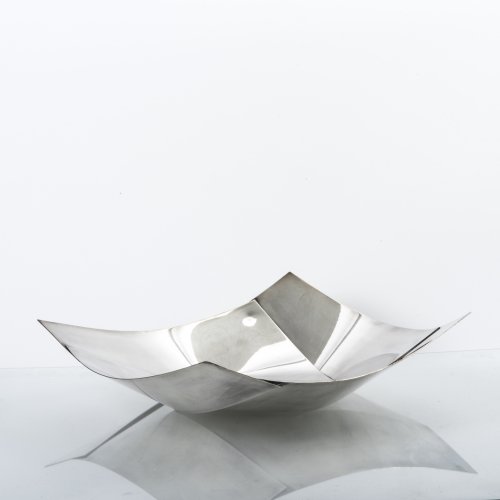
-
Sold
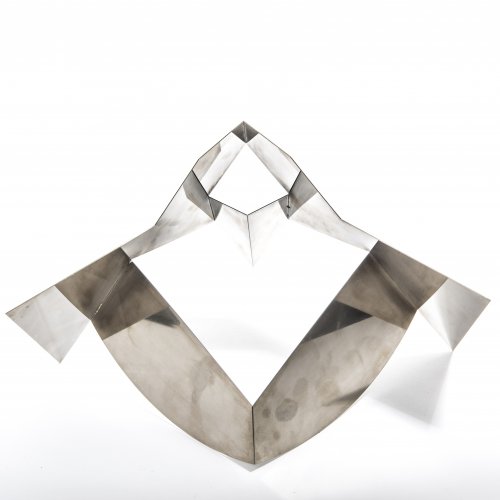
-
Sold
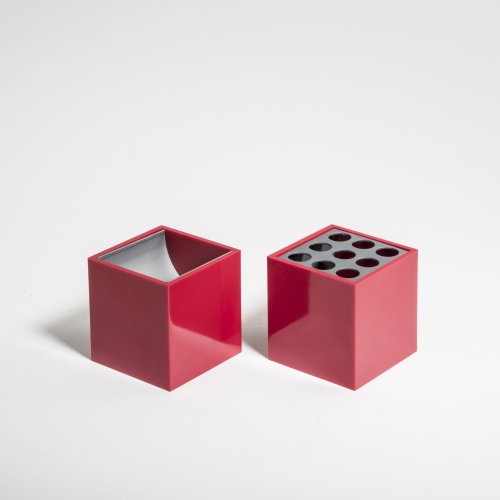
-
Sold
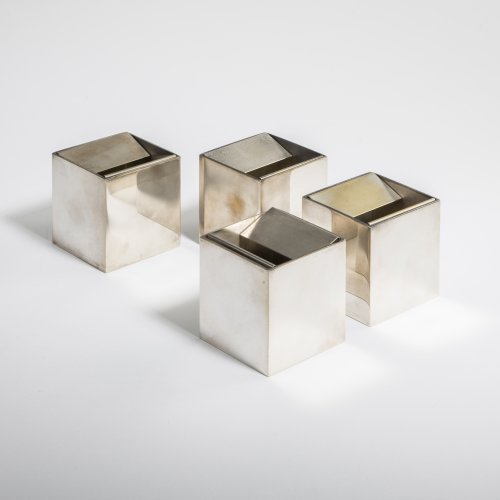
-
Sold
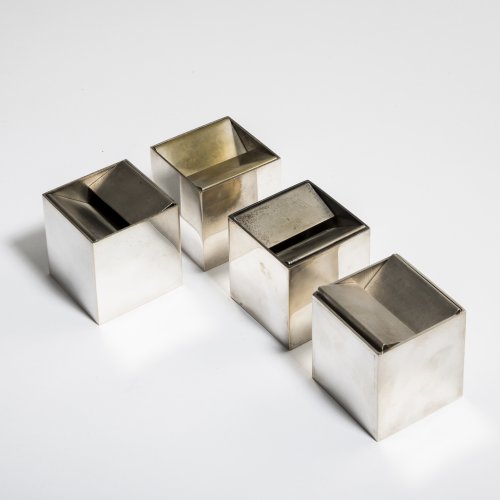
-
Sold
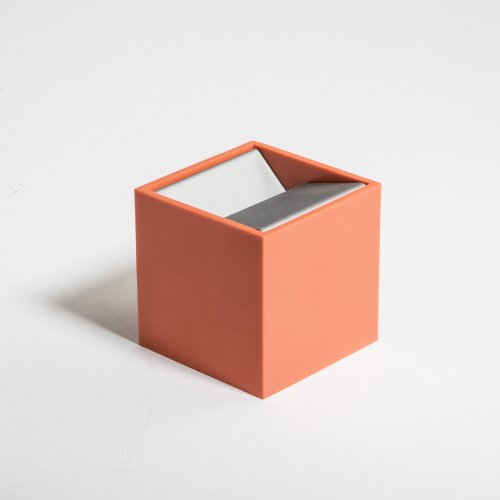
-
Sold
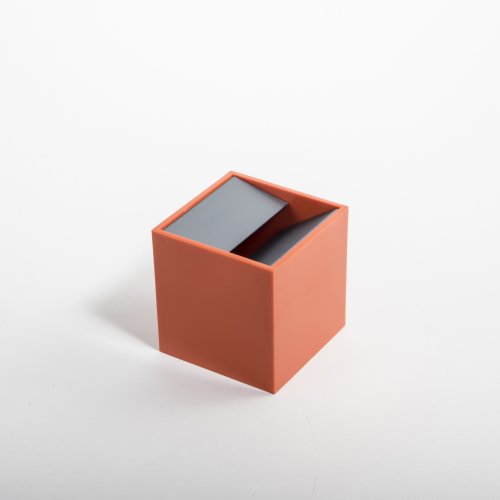
-
Sold
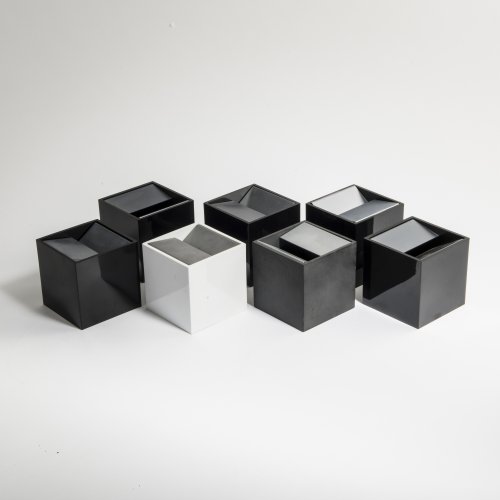
-
Sold
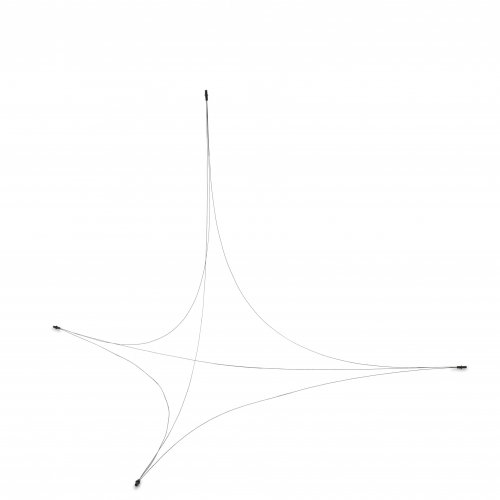
-
Sold
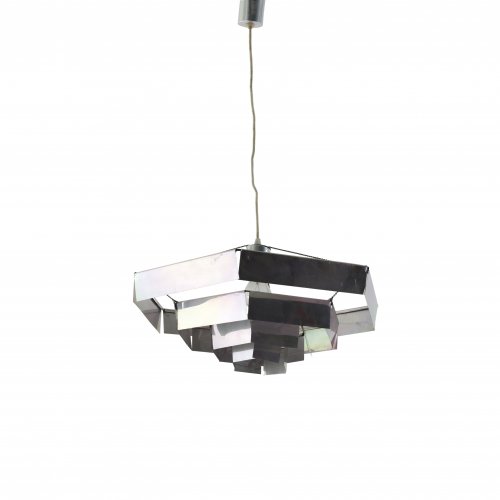
-
Sold
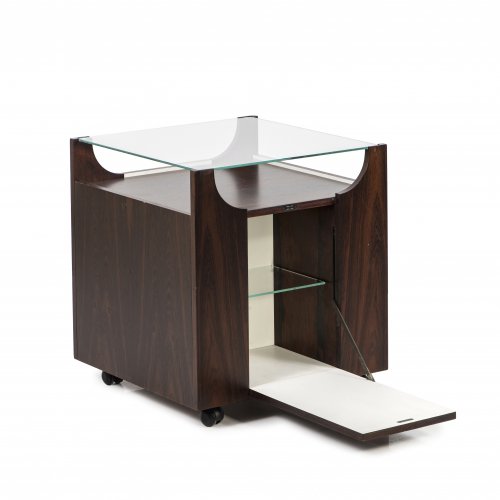
-
Sold
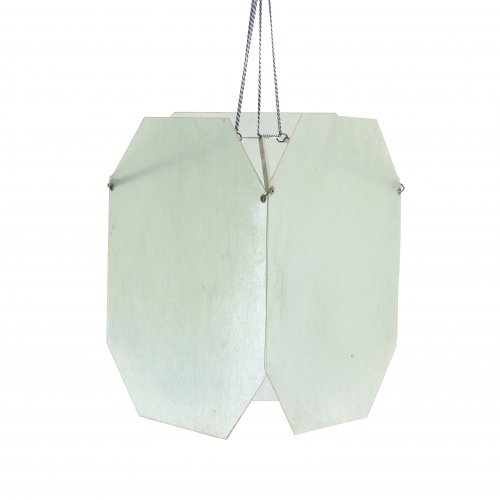
-
Sold
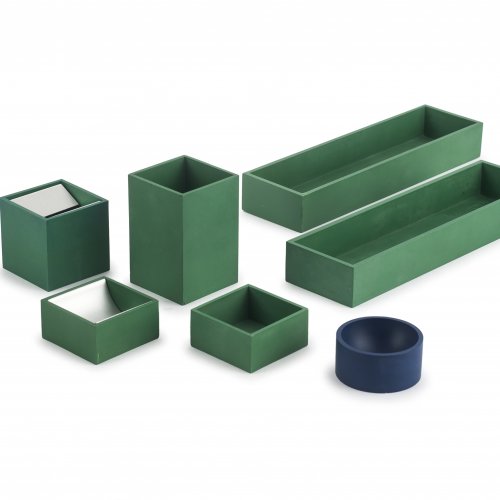
-
Sold
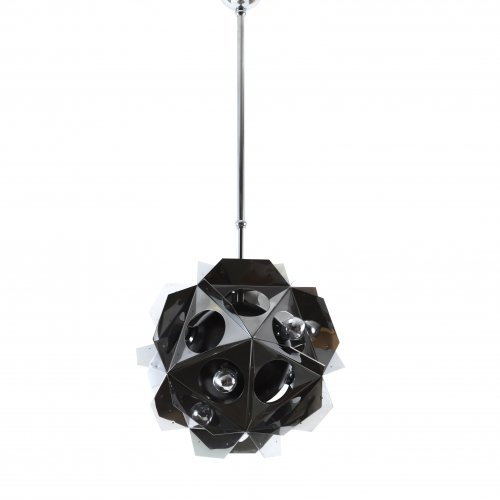
-
Sold
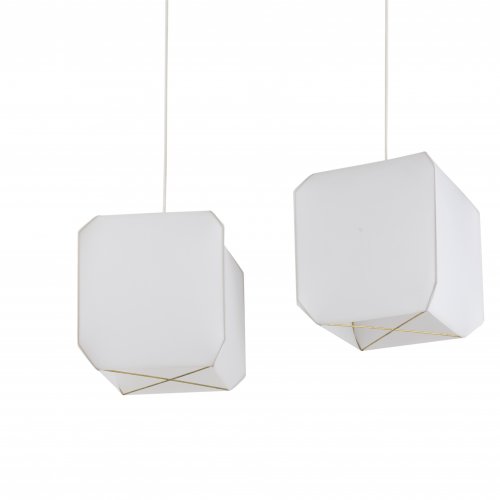
-
Sold
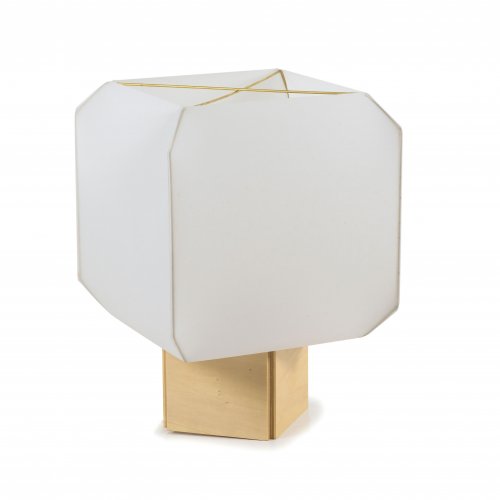
-
Sold
